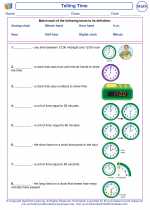Lunar Calendar
A lunar calendar is a calendar based on the cycles of the moon's phases. It is different from the more common solar calendar, which is based on the Earth's revolution around the sun. The lunar calendar is used in many cultures and religions to determine the dates of traditional festivals, religious holidays, and agricultural activities.
In a lunar calendar, a month is defined as the time it takes for the moon to complete one full cycle of its phases, from new moon to full moon and back to new moon. This period is approximately 29.5 days. As a result, lunar months are slightly shorter than the average 30 or 31-day months in the solar calendar.
Because of the difference in length between lunar and solar months, a lunar calendar typically includes a system for reconciling the two. This can involve adding an extra month periodically to keep the lunar months aligned with the seasons of the solar year. This practice is known as intercalation.
The Islamic calendar, the Chinese calendar, and the Hebrew calendar are examples of lunar calendars that are still in use today. These calendars play important roles in determining religious observances and cultural celebrations in their respective communities.
Overall, the lunar calendar reflects the ancient and enduring human fascination with the moon and its influence on our lives, traditions, and cultural practices.
[Lunar Calendar] Related Worksheets and Study Guides:
.◂Math Worksheets and Study Guides First Grade. Telling Time
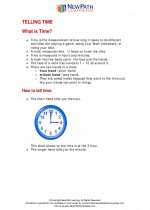
 Activity Lesson
Activity Lesson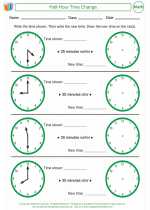
 Activity Lesson
Activity Lesson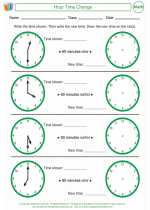
 Activity Lesson
Activity Lesson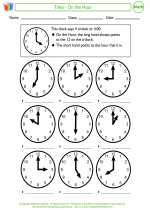
 Activity Lesson
Activity Lesson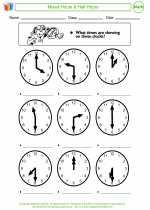
 Worksheet/Answer key
Worksheet/Answer key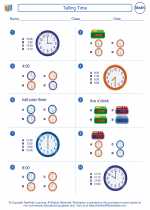
 Worksheet/Answer key
Worksheet/Answer key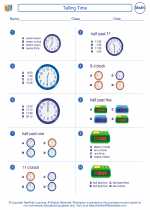
 Worksheet/Answer key
Worksheet/Answer key
 Worksheet/Answer key
Worksheet/Answer key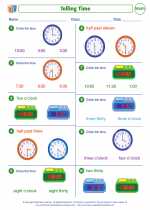
 Worksheet/Answer key
Worksheet/Answer key
 Worksheet/Answer key
Worksheet/Answer key
 Worksheet/Answer key
Worksheet/Answer key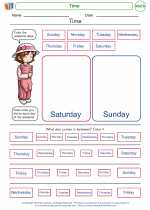
 Worksheet/Answer key
Worksheet/Answer key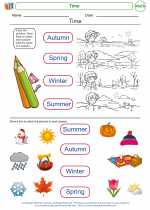
 Worksheet/Answer key
Worksheet/Answer key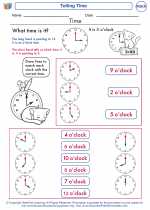
 Worksheet/Answer key
Worksheet/Answer key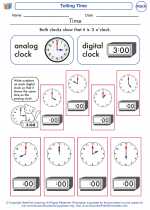
 Vocabulary/Answer key
Vocabulary/Answer key